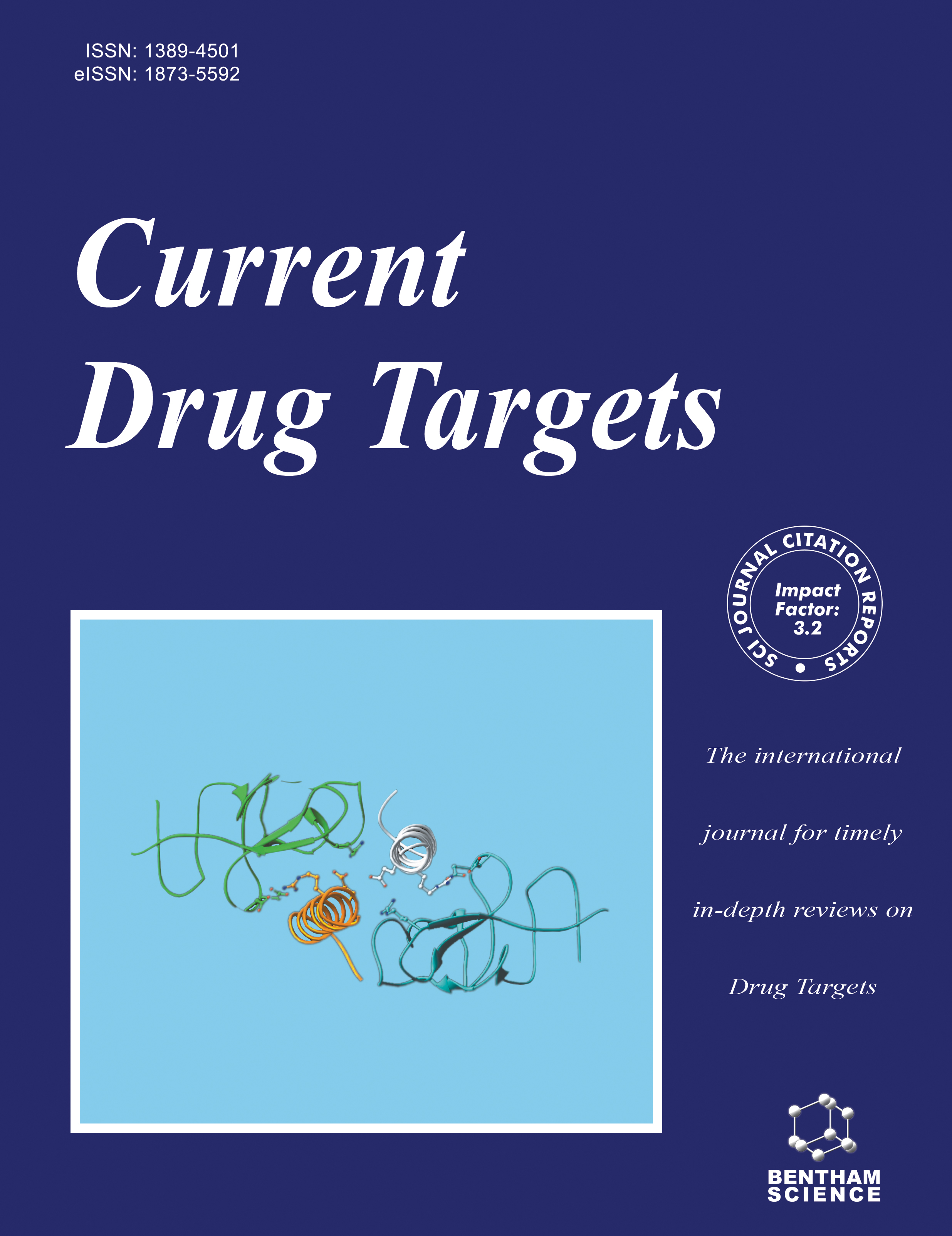
Full text loading...
Tuberculosis (TB) is a serious infectious disease that primarily affects the lungs but can also spread to the brain and spine. The highly pathogenic bacteria that causes TB is called Mycobacterium tuberculosis (Mtb). Usually, when an infected person coughs, sneezes, or speaks, the disease spreads through the air. TB is treatable with antibiotics, but it requires a long course of treatment, usually 6 to 9 months to eliminate the bacteria and prevent drug resistance. Thus, developing novel anti-tubercular therapeutics with various structural classes is necessary to solve the problems brought on by strains that are resistant to several currently available therapies. Resistance to widely used anti-tubercular drugs is increasing daily. As a result, continuing medication therapy is necessary to stop more microbial infections. However, it leads to treatment resistance, which increases the likelihood that the disease may resurface in immune-compromised patients. Several anti-tubercular medications with various molecular structures show appropriate anti-tubercular action against Mycobacterium TB strains that are drug-sensitive and drug-resistant. Compared to conventional synthetic methods, synthetic reactions can be carried out more effectively and selectively under simple reaction conditions by employing microwave radiation. Microwave-assisted organic synthesis (MAOS) is a useful method for increasing product yield and selectivity while accelerating the reaction rate for different types of organic synthesis. Several lead compounds with anti-tubercular properties that were synthesized using the microwave irradiation (MWI) approach are discussed in the current work.

Article metrics loading...

Full text loading...
References


Data & Media loading...

